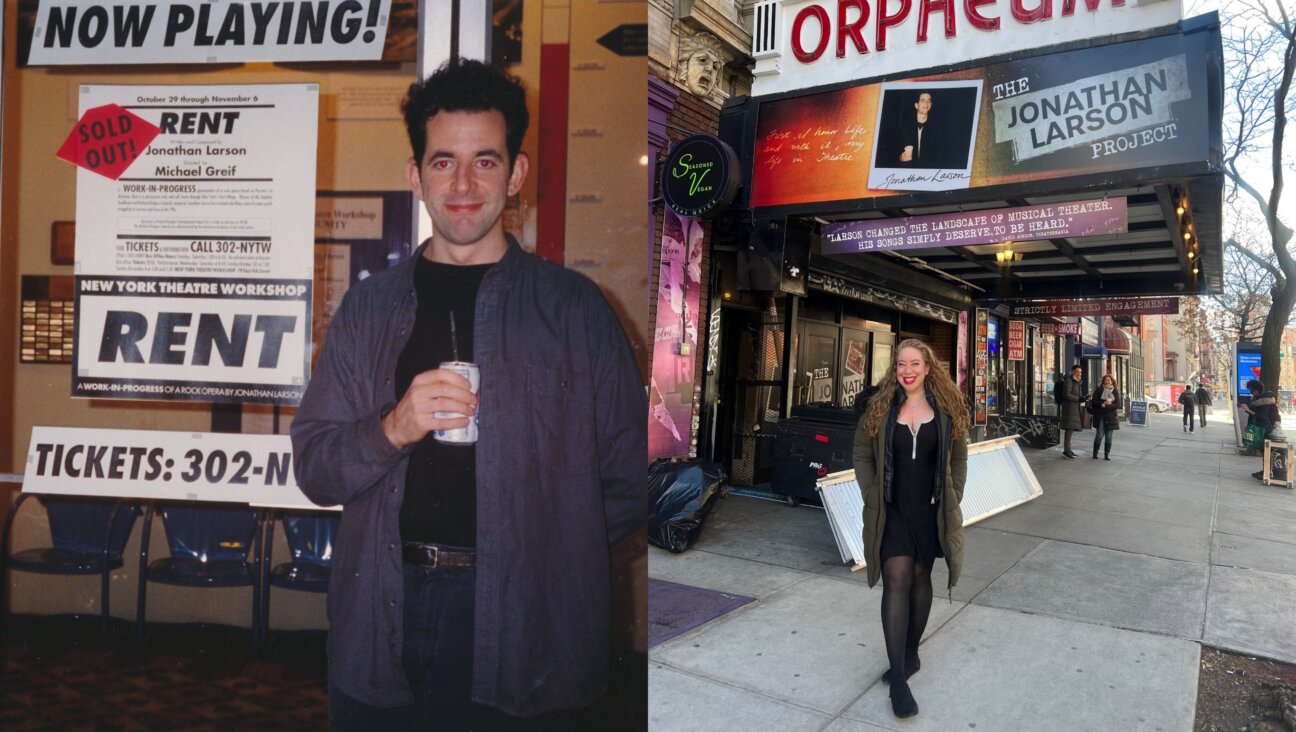Meet The Keeper Of Venice’s Forgotten Jewish Cemeteries

Image by wikicommons
If you’re fortunate enough to find yourself in Venice during the Biennale, there’s a piece, recently reported on by the New York Times, that seems especially worth your time – Israeli artist Hadassa Goldvicht’s “The House of Life.” “The House of Life,” “a multiscreen video installation that opened this month at the Palazzo Querini Stampalia Museum” focuses on the life of Aldo Izzo, a former ship-captain who now tends to the two Jewish cemeteries of Venice (one dates back to 1386, and one, still in use, to 1774).
The Jewish population of Venice, like the rest of the native population, has been steadily shrinking over the years. Since the great flood of 1966, the city’s population has been roughly halved from 121,000 to 62,000 – pushed out by a combination of increasingly difficult environmental conditions and unchecked tourism. The Jewish population, which at its height in the 17th century numbered around 5,000, has since shrunk to around 450. It is against this backdrop of a disappearing Venice (for and by Venetians) that Goldvicht’s work has been made.
According to the New York Times, Goldvicht initially came to the city in 2013 “as an artist in residence then at Beit Venezia, formerly the Venice Center for International Jewish Studies.” Her work centered broadly on the city’s dwindling Jewish community, but once she met Izzo, she began to focus primarily on his story. For 35 years, Izzo has been minding the weeds, cleaning the stones, and working towards the cemetery’s restoration. In the piece’s accompanying text (which can be found on Goldvicht’s website), we’re told that Izzo grew up around these tomb stones – “As a child he recalls playing in the cemetery and hiding from the Fascists there” – and that now, in his later years, “he’s living alone on the Lido and losing his eyesight, and he’s still going to the cemetery. Aldo is burying the community.”
The text continues, informing us that “The exhibition leads us from close-ups of the ancient graveyard, through interviews with Aldo Izzo in his home and in the cemetery, to images from his diary – a kind of captain’s log that he kept throughout the years and that is both personal and historical.” We see shots of Izzo’s meticulous Hebrew block lettering, of his home’s bookcase juxtaposed against shots of a tombstone lined wall, of his collection of mummified turtles – the piece appears to be just as much a meditation on life and death as a documentary piece about Izzo and the graveyards.
It seems that Izzo operates here in a dual function – as both subject and metaphor. It is fitting then that Izzo is a sort of confluence of “lasts” – among the city’s last Jews, last Venetians, and, in a city increasingly dominated by cheap tourist kitsch, the last craftsmen (intense dedication is a kind of craft too, isn’t it?).
Jake Romm is a Contributing Editor for The Forward. Contact him at [email protected] or on Twitter, @JakeRomm
A message from our Publisher & CEO Rachel Fishman Feddersen

I hope you appreciated this article. Before you go, I’d like to ask you to please support the Forward’s award-winning, nonprofit journalism so that we can be prepared for whatever news 2025 brings.
At a time when other newsrooms are closing or cutting back, the Forward has removed its paywall and invested additional resources to report on the ground from Israel and around the U.S. on the impact of the war, rising antisemitism and polarized discourse.
Readers like you make it all possible. Support our work by becoming a Forward Member and connect with our journalism and your community.
— Rachel Fishman Feddersen, Publisher and CEO





























